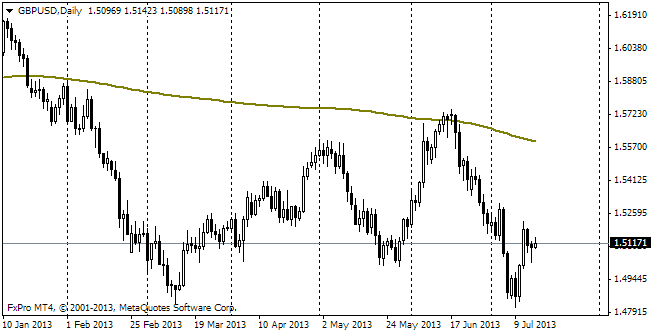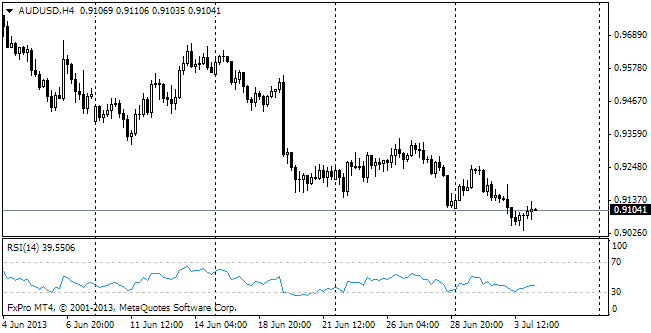EUR/usd
Yesterday bulls managed to keep the pair from hitting new lows. It was actively purchased below 1.2590. Earlier today we saw some hints at profit-squeeze in USD, which helped to push the pair to 1.2670. Yet, the movement doesn't look very steady in expectation of details on the ABS programme. Again it was interesting to see that the news about slower business activity didn't push the pair to new lows. On the contrary, the latter slides down much easier when there isn't any obvious reason. Yesterday's data on the German Manufacturing PMI in September were revised from 50.3 down to 49.9 (activity decrease). At quieter times the revision was not that conspicuous or wasn't there at all. The poor German statistics were partially leveled by the PMI rates in the smaller countries of the eurozone, so Manufacturing PMI for the entire Europe was revised from 50.5 down to 50.3. The ADP employment statistics for the USA proved to be better than expected, but it failed to support the dollar. Employment growth in the private sector made 213K against 202 a month before. Those, who are waiting for poor news from the USA to lock in profits from USD's growth, got their chance later. The ISM Manufacturing PMI adjusted from 59.0 to 56.6, despite growth of the price component from 58.0 to 59.5. Such high rates speak about serious inflation pressure. But in view of increase in energy production and general reduction of energy prices very few expect that it will produce any significant effect on the final consumer prices. Unlike the market, we expect that the ECB won't surprise the markets twice and draghi will give quite moderate comments, which will help the single currency recover to 1.27 for a while.
GBP/USD
The British manufacturing sector has considerably slowed down its growth. After the confident growth a year before activity in the sector has been getting more and more moderate. It is remarkable that the report should show favourable rates on employment. It is quite possible that this time it will already mean strengthening of the earnings component. By the way, the MPC member, Kristin Forbes, states that in the near future the effect of the pound's decline on inflation may subside and that risks of the pay rise are getting higher. It is quite a hawkish comment. Yet, it will have its effect only after the release of the US employment statistics.

USD/JPY
As we warned yesterday, yen-sellers hurried to lock in profits after the release of important EU and US news and after reaching the round level of 110 yen/dollar. In short term this adjustment doesn't break the general uptrend, but bulls may get stronger, if the pair manages to slip below the preceding lows of 108.47 and 108.24.

AUD/USD
The aussie-traders also seek to produce an impression that the pair hit the bottom, pushing off 0.8660. The pullback generally occurred during the cautious profit-taking in USD. Also the AU currency got help from the favourable statistics on building approvals. The latter grew by 3.0% in August. The RBA isn't very disposed to growth in this sector and as such may toughen its rhetoric next week.
